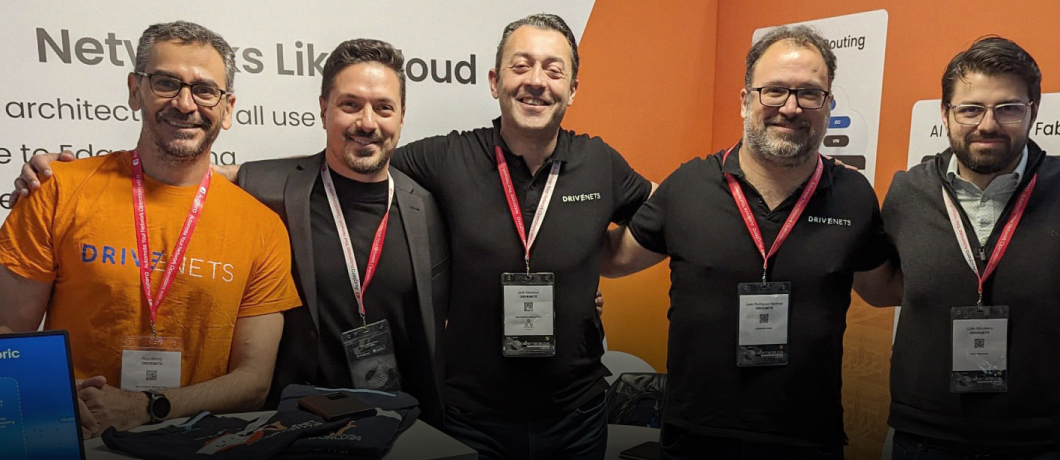MPLS technology: Survival of the fittest
Started as a purely MPLS (multiprotocol label switching) event, the congress has taken on additions to its name over the years, such as SDN (software-defined networking) and NFV (network function virtualization). In recent years SD (software-defined) and AI (artificial intelligence) have been added, but MPLS has remained as the lead concept in the event’s title.
There are reasons why MPLS technology has survived 25 years of congressional discussions:
- The technology is good enough to do the job.
- The technology keeps evolving at a similar or faster pace than the industry.
- Implementation comes from multiple sources.
MPLS is not “hip.” It’s not exciting or bleeding-edge anymore, which is exactly why MPLS congress is a good place to gather for telecom networking people. The discussions are practical, dealing with real issues, and are led by the folks that literally wrote the specs for these protocols.
Here’s my point. This conference is still here after 25 years, not despite being focused on a 30-year old technology, but because of it. As long as MPLS still runs in network routers, we will have stuff to talk about and interoperability issues to explore and implement.
Hype was still present especially for AI
While MPLS was the leading theme, there were a lot more topics discussed. Intent-driven, software-defined, automation, disaggregation, quantum, and AI operations were just a few of the topics covered in presentations and open discussions with other attendees.
Some of these topics were discussed loosely, while others involved deep discussions into practical operational aspects. The more detail you get into is an indication that the technology is more robust and market-mature.
One example I’d like to focus on is AI – clearly the most searched grouping of two letters in the alphabet (pun intended). While the value it will bring is still a bit of a mystery, it is assumed as existing and companies are spending $billions believing that such value exists and is big, very big. What I gathered in terms of actual details is the idea of a data engine that could predict future failures; however, this will likely not result in an automatic preventive action due to various reasons like immaturity, lack of trust, or regulation.
Don’t get me wrong, I’m a strong believer in AI. In a couple of years we will see AI operated or assisted tools practically everywhere in the network, and they will work great. But at MPLS congress 2024, mature technology was found elsewhere.
Technology maturity for disaggregation technology
When you start promoting a new technology, all you hear and see is what you push out via your marketing resources. Gradually, you mature your implementation and reach customers, followed by actual deployments and market adoption. If you are lucky and if your technology is right, which means you chose the right technology and implemented it the right way, you will start to hear your own marketing messages bouncing back at you.
How can you tell if this is merely echo chamber noise or actual value created? The answer is embedded in the minor changes in the messages. When messages you hear are somewhat similar to yours but not perfectly replicating them, that’s good news. You realize there is someone out there who has taken your technology to the field, tested it, tuned it and deployed it, and is seeing real value.
These are the types of messages I was hearing all week when it came to disaggregated routers. Operations people from service providers were picking up discussions with their incumbent vendor and relaying the benefits they attain from disaggregation. Competitors refused to chat when realizing that I am with the “attacking” competition.
And, above all, individuals working for an incumbent vendor admitting in private conversation that “you are doing the right thing.” All of which indicate that disaggregation technology has matured to wide consumption levels.
Disaggregated networking is standing tall
While what you hear in conferences lecture rooms is often very artificial and can represent hype or commercial agendas, talk on the show floor is where you get the brutal truth about where you stand.
After three days at MPLS 2024, I realized that disaggregated networking is standing right there in the middle of Palais des Congrès, just steps away from the Arc de Triomphe.
Download white paper
Fabric-Scheduled Ethernet as an Effective Backend Interconnect for Large AI Compute Clusters




